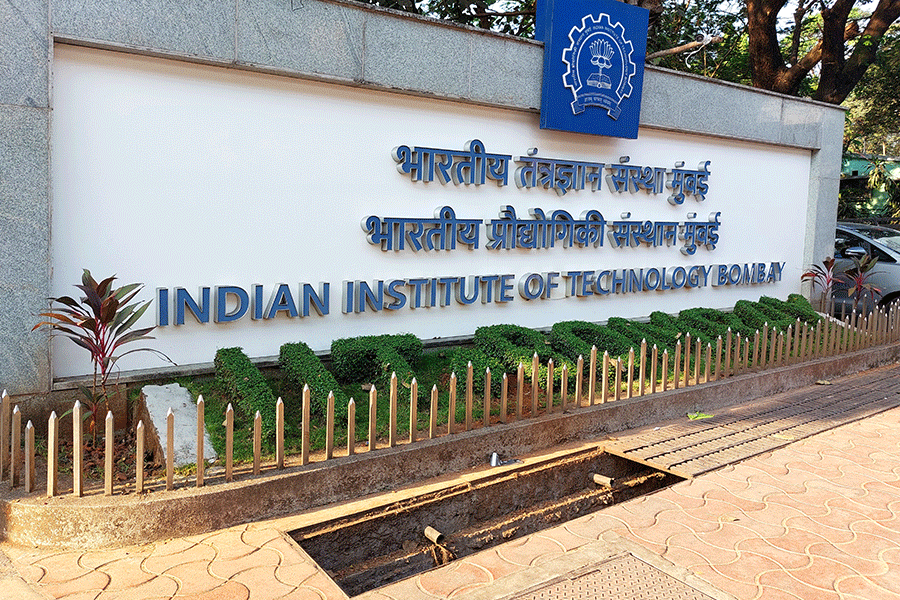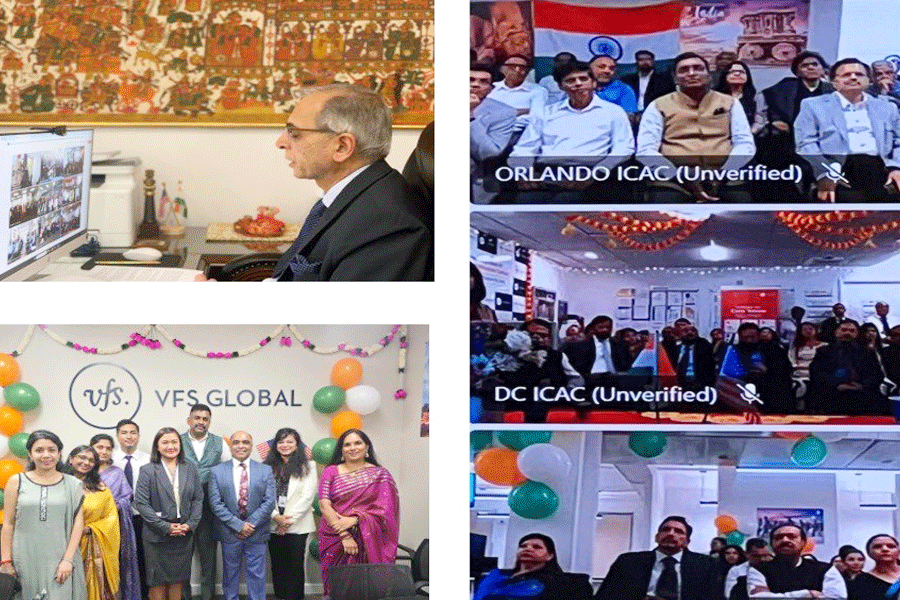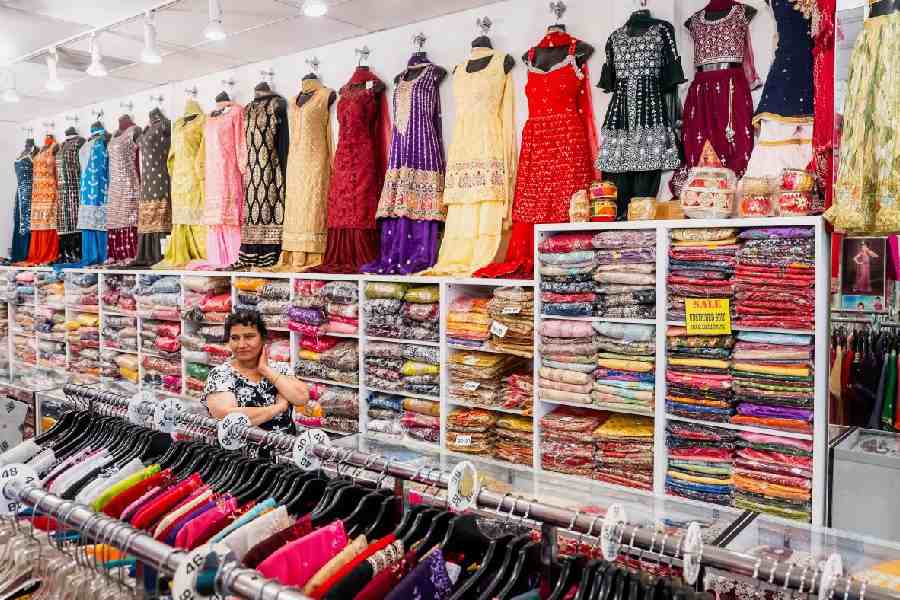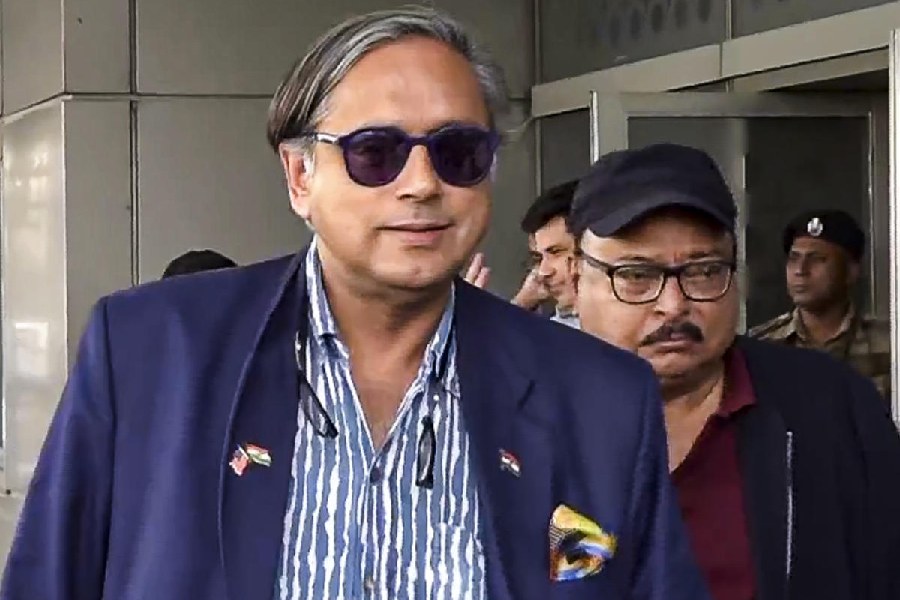.jpg)
Jorhat, Dec. 13: The search for their roots has brought a group of people from Sekmai in Manipur to the Tai research institute at Moranhat in Assam's Sivasagar district. On them lies the onerous task of re-establishing their identity as the "great" Tai Lais from Southeast Asia, who came to the Northeast 1,200 years ago, about 400 years before the Tai Ahoms did.
The group has sought help from the Institute of Tai Studies and Research (ITSR) at Moranhat to research their origins and establish them as a separate Tai community who had come to the region from Northeast Thailand via Myanmar before the Tai Ahoms came in 1228 AD and ruled the region for more than 600 years.
The leader of the group, Thampha Singha, told The Telegraph that oral history has it that they had come to Manipur from Myanmar some time in 800 AD and that prior to that they were settlers in northeast Thailand.
"We are the mother of all Tai communities. Lai means great or superior. We migrated here with a chief who is historically known in Manipur as Nonpa Lai Ren Pa Kangpha and who established himself as the king in Manipur. A civil war broke out in 1030 AD and almost our entire population returned to Myanmar and settled on the banks of the Mekong in upper Myanmar where they mined gold. A few settlers did not return and we are their progeny," Singha said.
He said now their people, numbering about 4,000, mostly identified with the Meiteis because of inter-marriage and acculturation. "There are very few among us who still know a bit of our language. The younger generation is especially not bothered. Even our village name, earlier known as Shengmai, has been corrupted to Sekmai." Sekmai is located 18km from Imphal, the capital of Manipur and is 800km from Sivasagar district.
This group is now seeking to establish that it is different from the majority communities populating Manipur - the Kukis and the Meiteis. If this is established, the Northeast will have added another Tai community to the existing six - Ahoms, Phakes, Khamtis, Khamyangs, Turungs and Aikons.
Singha said there was archaeological evidence of the graves of their ancestors being found at Khumti in Jharkhand and their script, found in West Bengal, was recorded by British historian Philip Grierson.
"I will take all the documents I have, which prove that we are a different community, to the ITSR in February. We hope the research scholars at the institute will be able to collate all the facts and establish our identity so that we get due recognition from the government of Manipur," he said.
Gyanandra Phukan, researcher and founder member of ITSR, said it did seem from the script that Singha and his group had brought to them that the language was older than that of the Ahoms and other Tai communities here.
"We are not sure but Lai does mean great and they could be the great Tais from which all the other Tai communities have originated. There is a similarity of some words, similarity in offering tribute to 14 generations of ancestors during ceremonies and of food habits," he said.
Phukan said Singha and his group had got gifts of lao paani (rice beer), phatika (distilled beer) and sugarcane liquor for them. The method of preparation matched that of the Ahoms.
Girin Phukan, director of the institute, also said the Tai Lais could be a part of the Tai community as there were many similarities and they would help them establish their identity.

.jpg)








